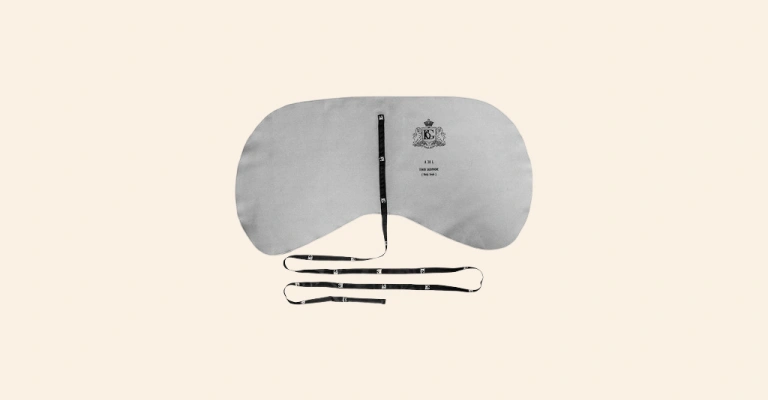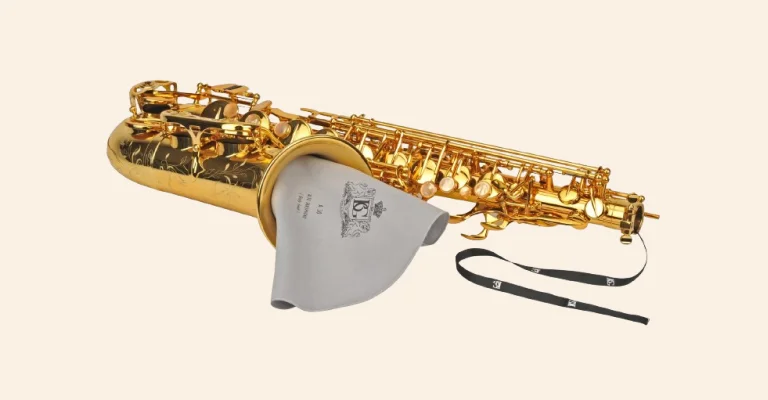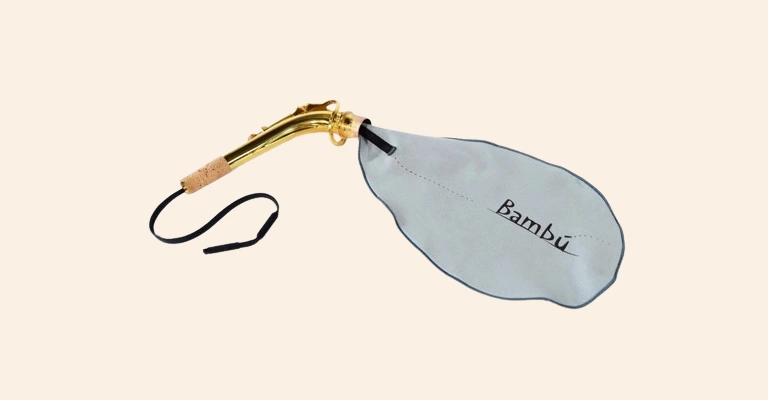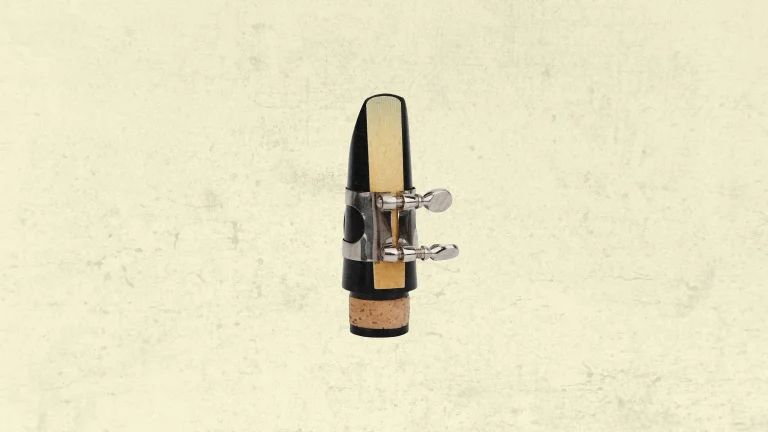To keep your saxophone in good shape, it’s important to take good care of it and clean your saxophone regularly.
The moisture that builds up from playing can cause problems over time, so investing in a cleaning kit is a good idea.
It would be best if you cleaned your sax after every playing and there are several benefits of regular saxophone maintenance:
- Avoiding saxophone lung
- Keeping sax in good shape
- Saving money on repairs
- Avoiding bad odor
But before I start the sax maintenance guide, let me explain why you need to regularly clean your sax.
Why Do You Need To Clean Your Saxophone?
When warm air is blown into a colder saxophone, the result is the formation of water droplets as condensation.
It’s important to note that the moisture that accumulates inside the instrument is not solely composed of spit, but also contains bacteria and particles from the mouth.
Failure to remove this moisture after playing will lead to its drying up and leaving behind a residue on the saxophone.
Over time, this residue transforms into an unpleasant sludge that is stirred up whenever the instrument is played and becomes wet again.
To avoid all these problems with your saxophone, you need to clean it every time you play.
How To Clean Your Saxophone
Now, let’s jump in and learn how to clean a saxophone properly which will help your instrument to be in good shape and sound great.
1. Clean Using Swabs

First, you need to use a high-quality swab to clean your saxophone. This swab may come with a saxophone cleaning kit or you might get it separately.
Swabs help you to clean the inside of saxophone parts and the important thing is that you should use separate swabs for the body, neck, and mouthpiece.
So, you need to disassemble your saxophone to be able to clean the saxophone parts separately.
2. Cleaning Sax Body

When I clean my saxophone, I always start with the body and clean it three times with a dedicated swab.
My method is to pass the swab through the horn and clean it this way. I recommend you do this the same way and at least three times.
So, if you are using special sax swabs, it will have a long tape with the weight at the end.
You need to put that weight end in the horn and pass the swab that way. Make sure that the swab is not tangled up because it may get stuck inside your sax.
If you haven’t cleaned your sax for a long time, then you might need to pass the swab several times.
3. Cleaning Neck And Mouthpiece

If you are using a cleaning kit then it should have a separate, smaller cleaning cloth for the neck.
Use that swab to clean the neck in the same way as the body, but also clean the edges and the outside of the sax neck.
After that, I use separate swabs to clean the mouthpiece of my saxophone. Also, you should clean sax reeds.
Make sure you clean them well and don’t leave any moisture or residue.
4. Cleaning Keys
Finally, it’s time to clean the whole body of saxophone and keys. Of course, use a special swab or microfiber cloth.
Make sure to clean the whole body and all the keys carefully because you don’t need to leave any residue on the keys or body.
Use a small cloth to clean palm key pads carefully and also you can use special items such as key leaves.
Conclusion
When you regularly clean a saxophone, it will be in good shape and always sound good. I recommend using a special kit but you can clean your sax with everyday items such as microfiber cloth. But it’s important to clean it after every play to avoid unnecessary headaches.





